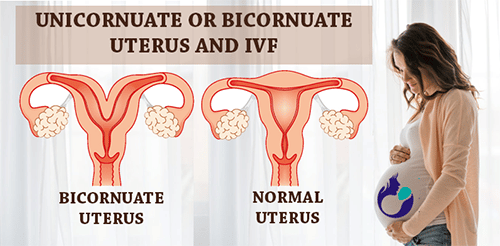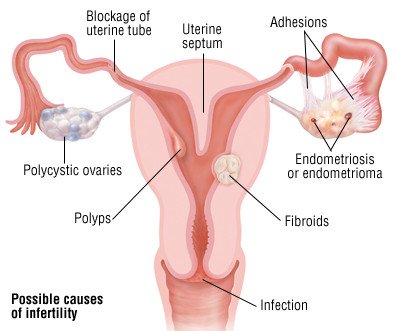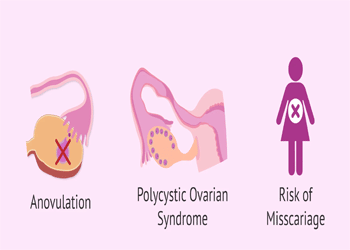Unicornuate or Bicornuate uterus and IVF | Usha IVF Anand
Usha IVF, a leading fertility clinic in India, offers treatment options for various fertility issues, including unicornuate or bicornuate uterus. A unicornuate uterus is a rare condition where a woman has a uterus that is shaped like a one-horned structure instead of the usual pear-shaped uterus. A bicornuate uterus, on the other hand, is a condition where a woman has a uterus that is divided into two parts, resembling a heart shape. Both conditions can lead to infertility or difficulty in carrying a pregnancy to term.

At Usha IVF, a team of experienced fertility specialists works closely with patients to diagnose and treat these conditions. Treatment options may include IVF, which involves fertilizing the egg and sperm outside the body in a laboratory setting and then transferring the resulting embryo into the uterus. In some cases, surgical procedures such as a metroplasty may be recommended to correct the shape of the uterus and improve the chances of a successful pregnancy.
The fertility specialists at Usha IVF understand the emotional and physical challenges associated with infertility and strive to provide personalized care to each patient. With state-of-the-art technology and a team of highly skilled professionals, Usha IVF has established itself as a leading fertility clinic in India, providing hope and support to couples struggling with infertility.



